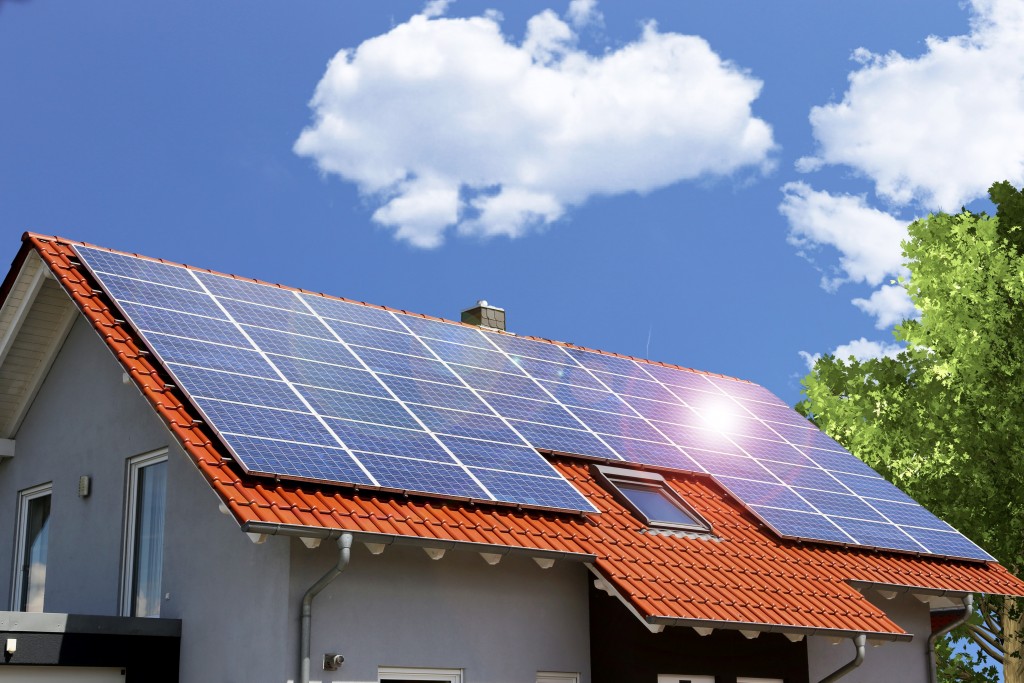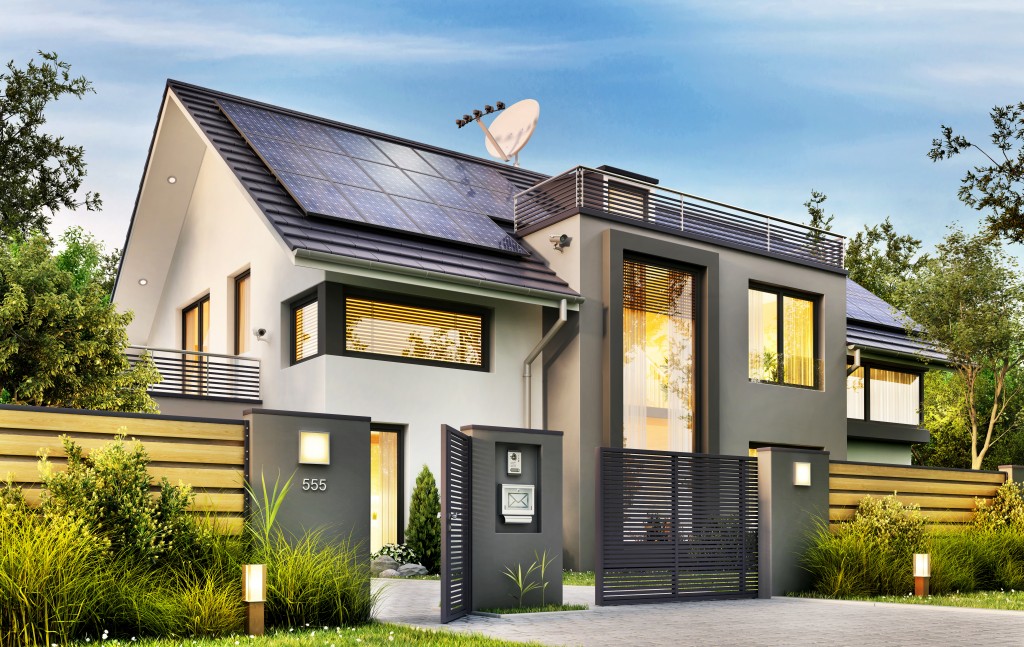Climate Change, Green Energy, and Your Home

Climate change has taken front and center of today’s headlines and public consciousness. Despite mounting evidence that climate change is not only real but is already severely impacting many countries including the U.S., there’s still a lot of resistance to the idea that governments and companies, not just end consumers, need to make drastic changes. A major part of this is the switch from the conventional means of generating electricity to green sources of energy.
Power production has long been a major source of greenhouse gases like carbon dioxide. CO2 is one of the greenhouse gases (GHG) that are causing climate change. Green energy comes from renewable sources such as wind, sunlight, geothermal heat, water, etc. The process of green energy production makes a very small carbon footprint and is more environment-friendly.
Which Green Energy Is Best?
As there are many sources of renewable energy, it depends on the location. Westlands Solar Park (Kings County, California), with its very dry, sunny climate (it averages 267 sunny days a year, compared to the U.S. average of 205) produces electricity with solar power. The Chevelon Butte Wind Farm (Coconino and Navajo Counties, Arizona), uses wind power to produce 477 megawatts. The Grand Coulee Dam (Columbia River, Washington) harnesses the river for hydropower energy. All of these power-producing methods produce no emissions, but the power source relies on what’s naturally abundant in the region.
Green Energy for the Home
Even if your state hasn’t started green energy initiatives, consumer-grade solar and wind power options are now abundant. And because the source of energy is renewable and many states now have energy buyback programs, more and more Americans are adopting green energy generation at home.
The average cost per watt hour for solar in 2020 is at $2.96 a watt. Factoring in the cost to buy and install the panels, it will range about $11,000 to $14,000 after solar tax credits to put up a system. It now takes about eight years to break even on the costs of solar power, although in certain cities where the cost of electricity is higher, it can go as low as six.
Solar power and mobile homes

Mobile and manufactured homes are showing a rate of appreciation in value that is comparable to regular housing. Manufactured homes now also incorporate energy-efficient technology such as insulation and energy-saving windows—does this make them ideal for solar power?
Unfortunately, mobile home roofs can’t support a solar panel array yet. For now, ground-mounted solar systems or portable solar panels can help to meet the power needs of a mobile home. There are also plans for electric or hybrid mobile homes (by Tesla, naturally), so we can expect to see more and more environmentally homes in the future.
As we enter into a new decade, we’re faced with a crisis that threatens every single aspect of our lives: energy and transportation, farming, animals and natural habitats and ecosystems, and human health. Electricity generation is only a small part of the equation, but any massive undertaking is always made up of the efforts of the many. The question is: will you do your part?




